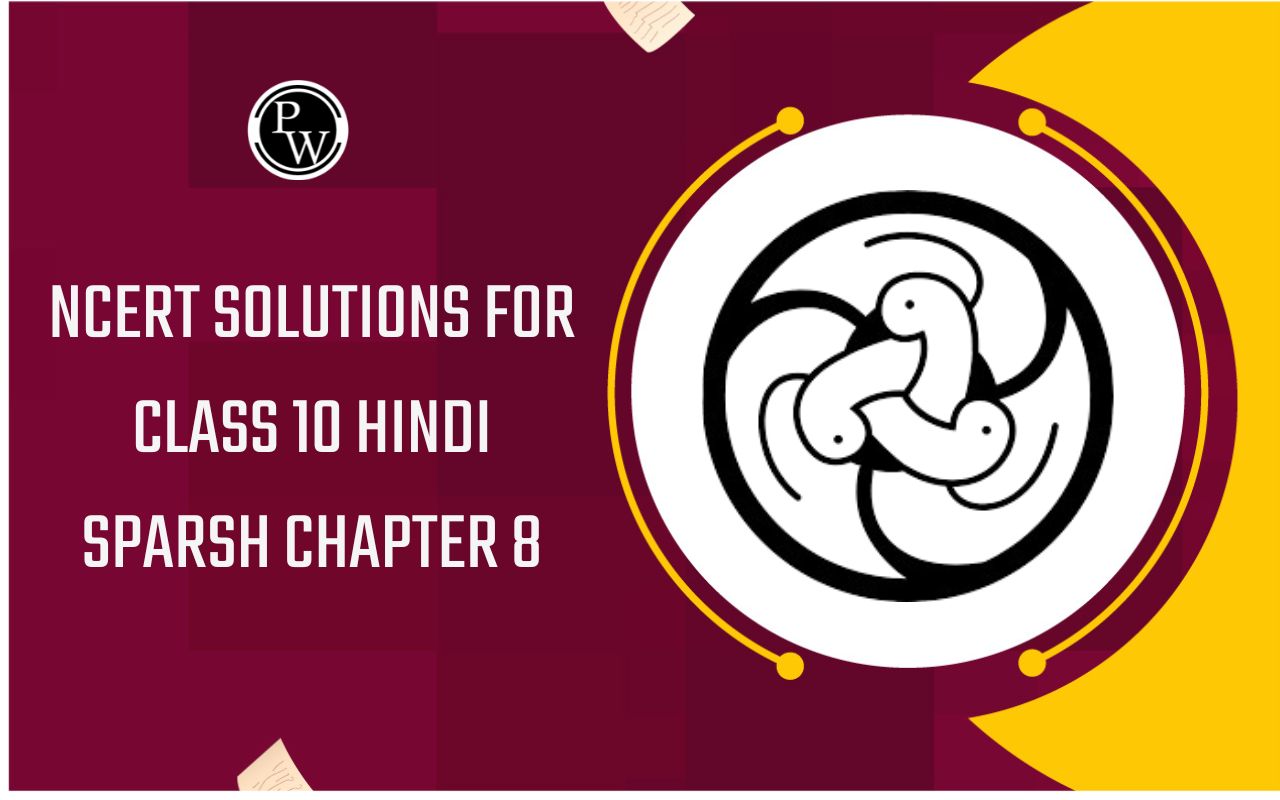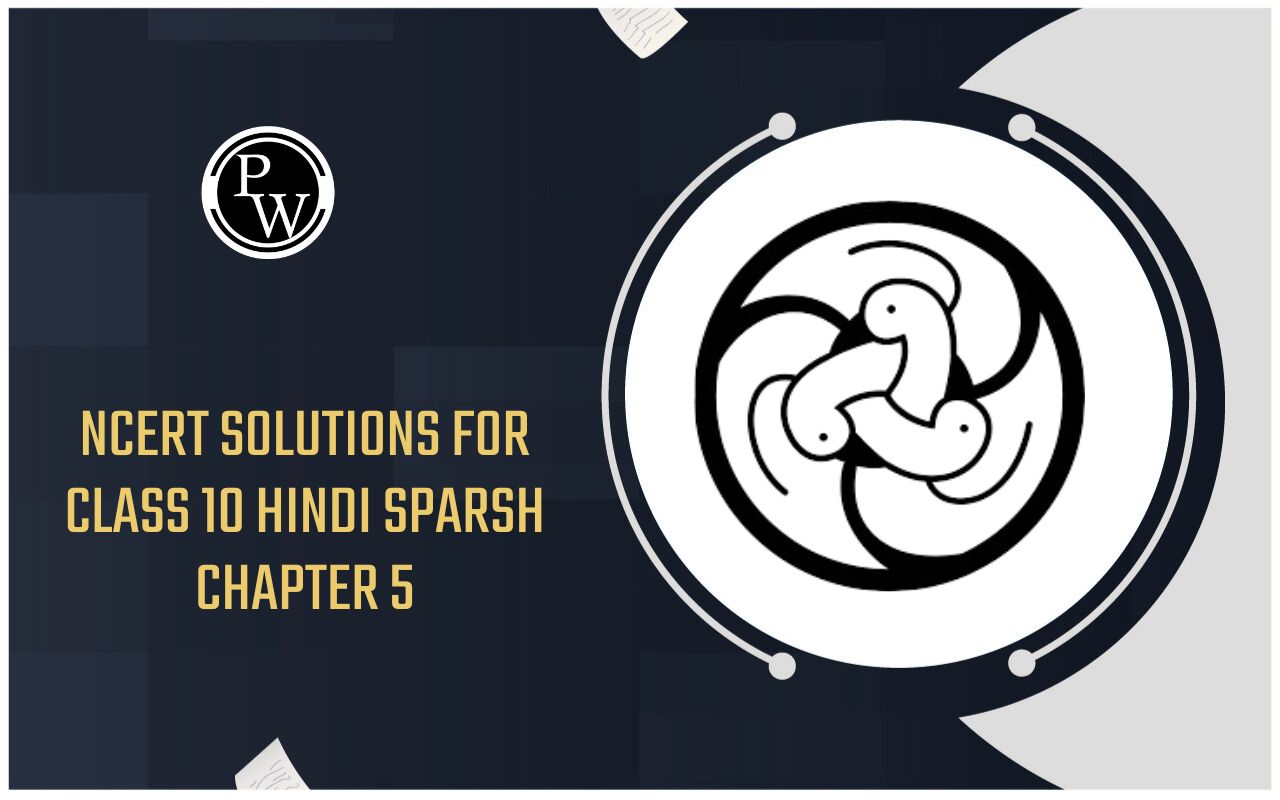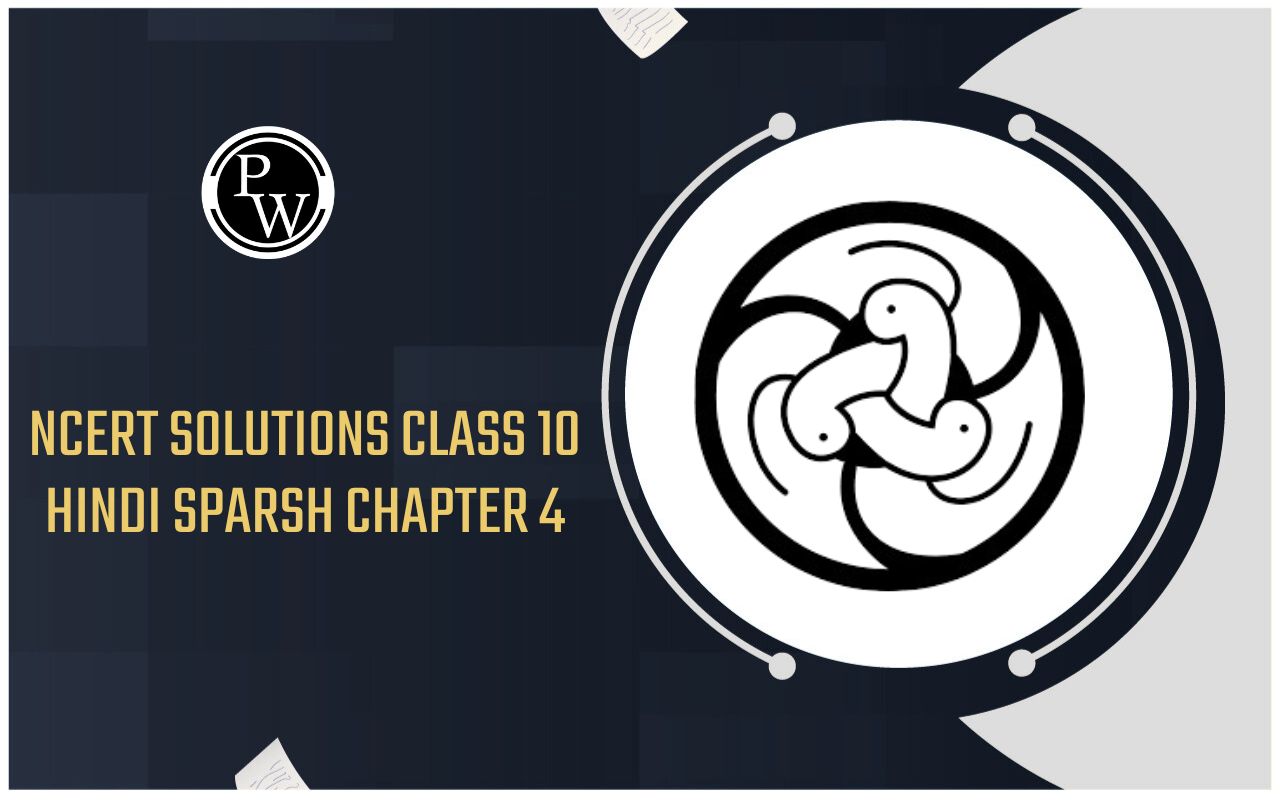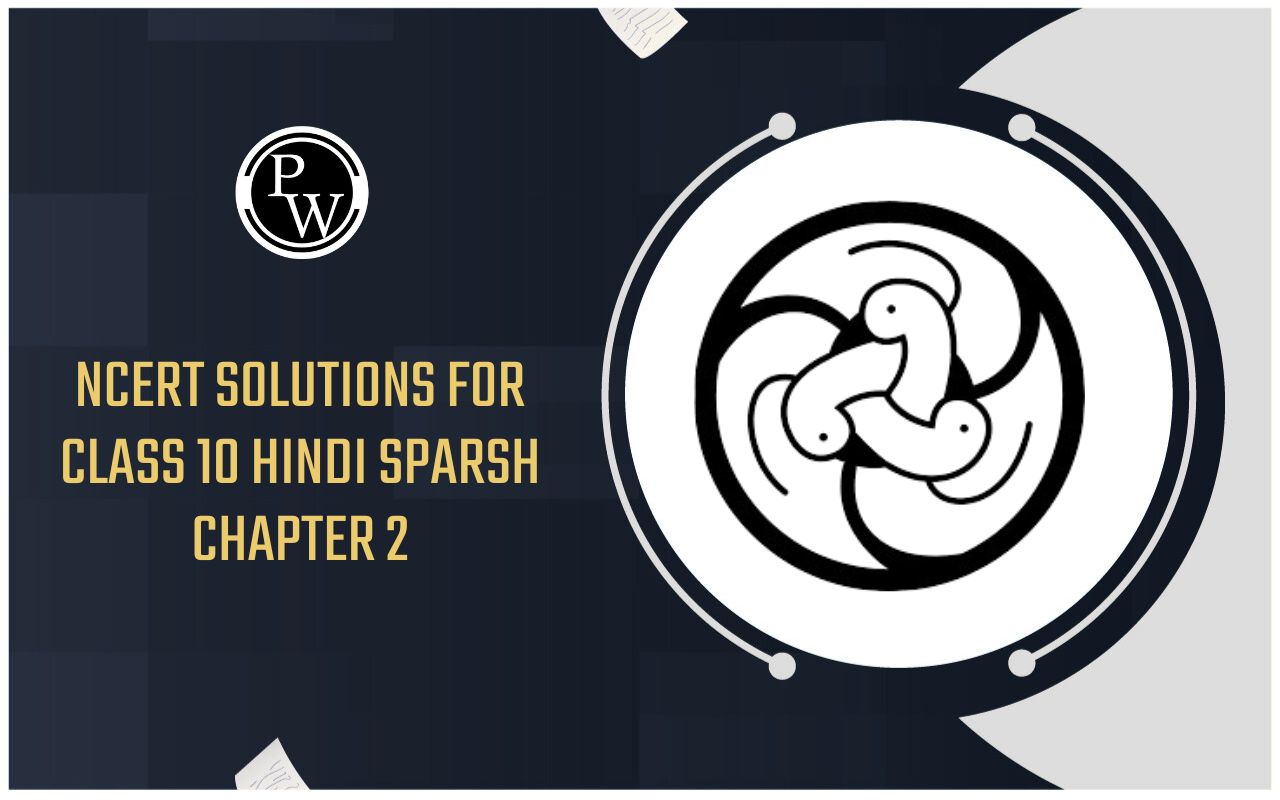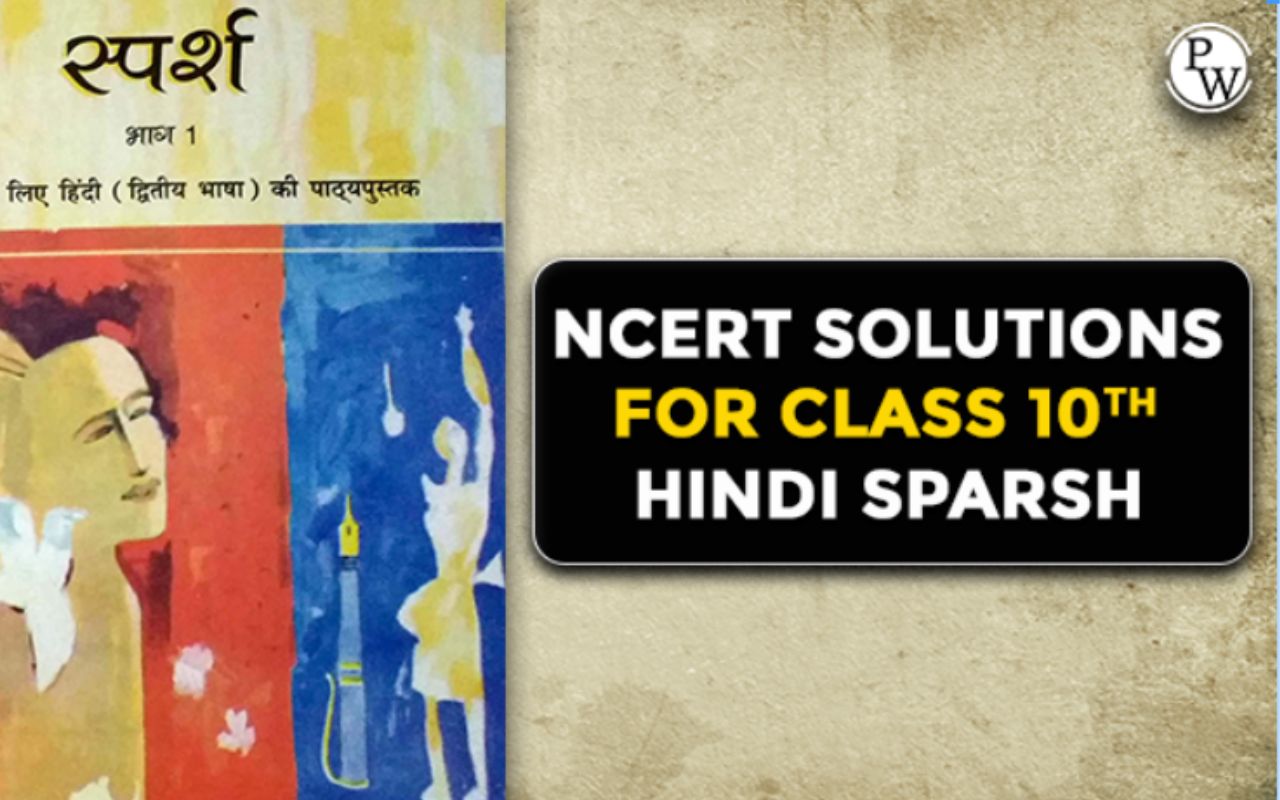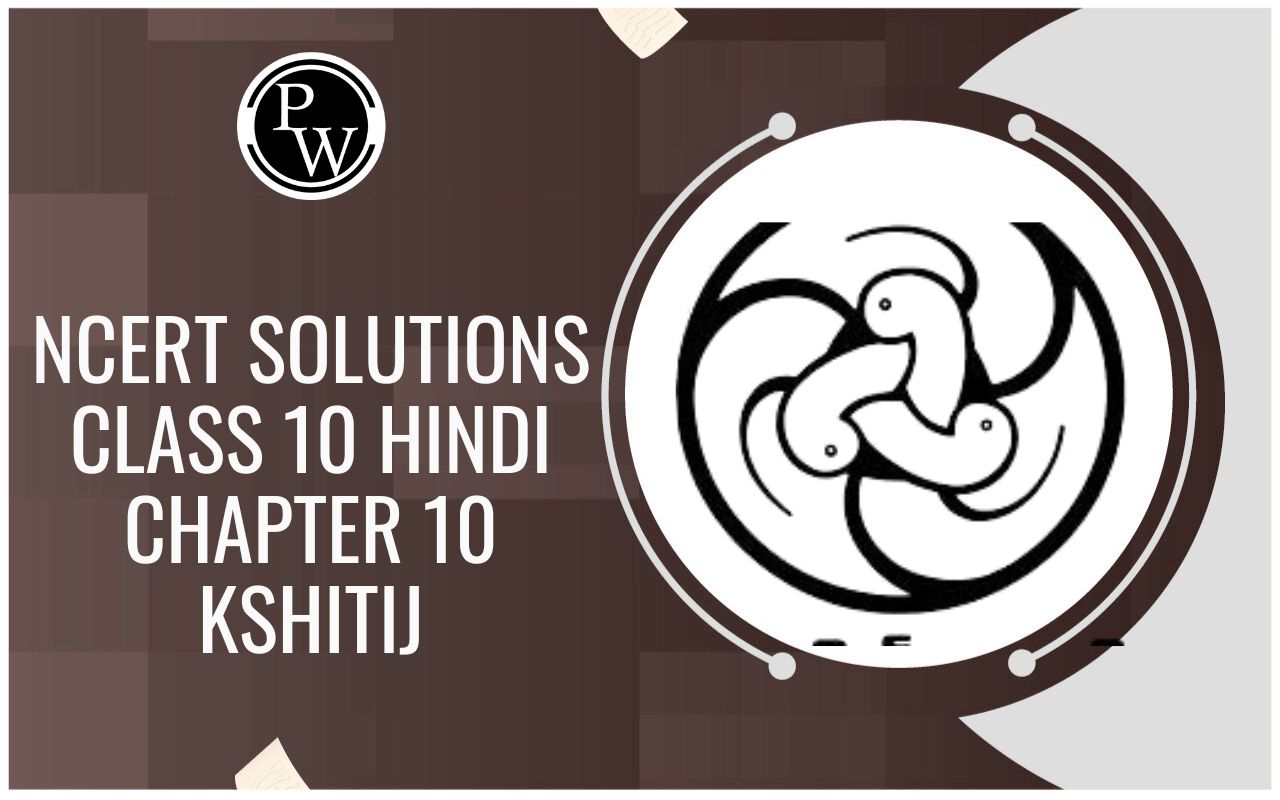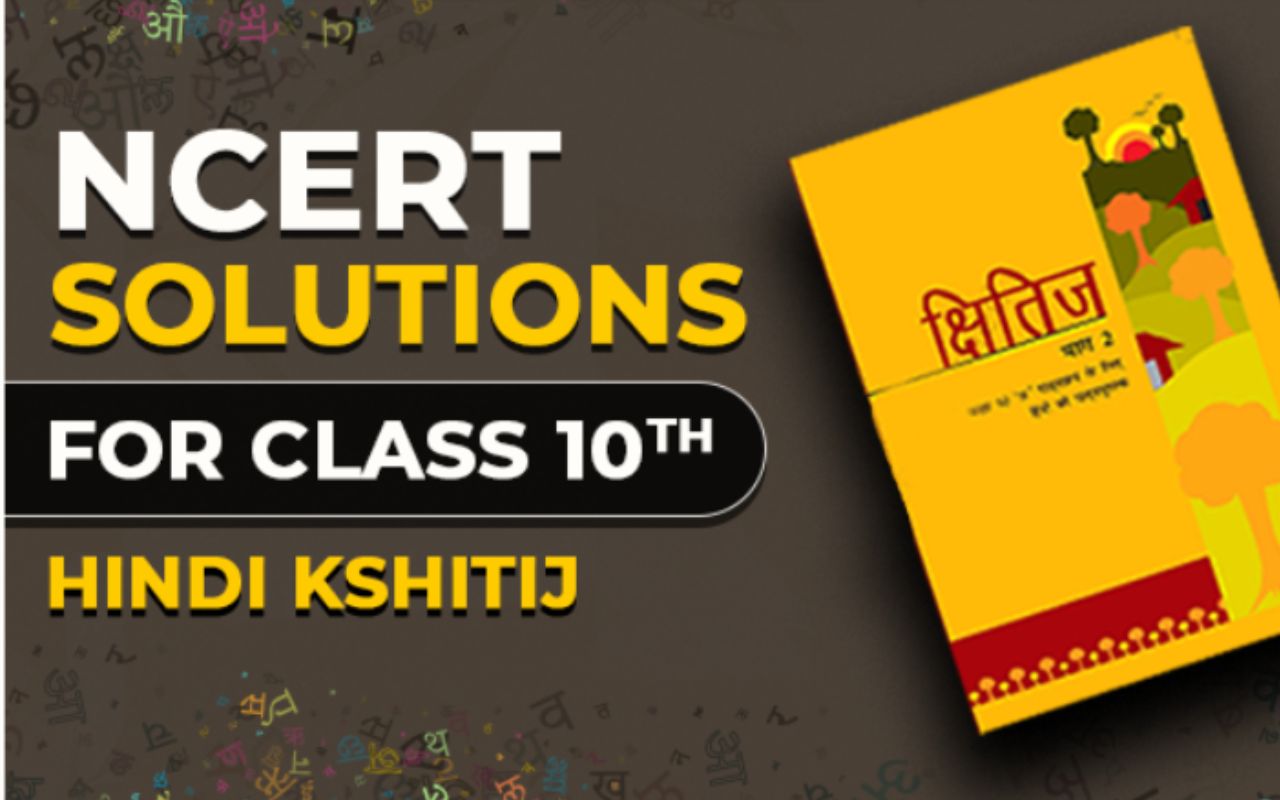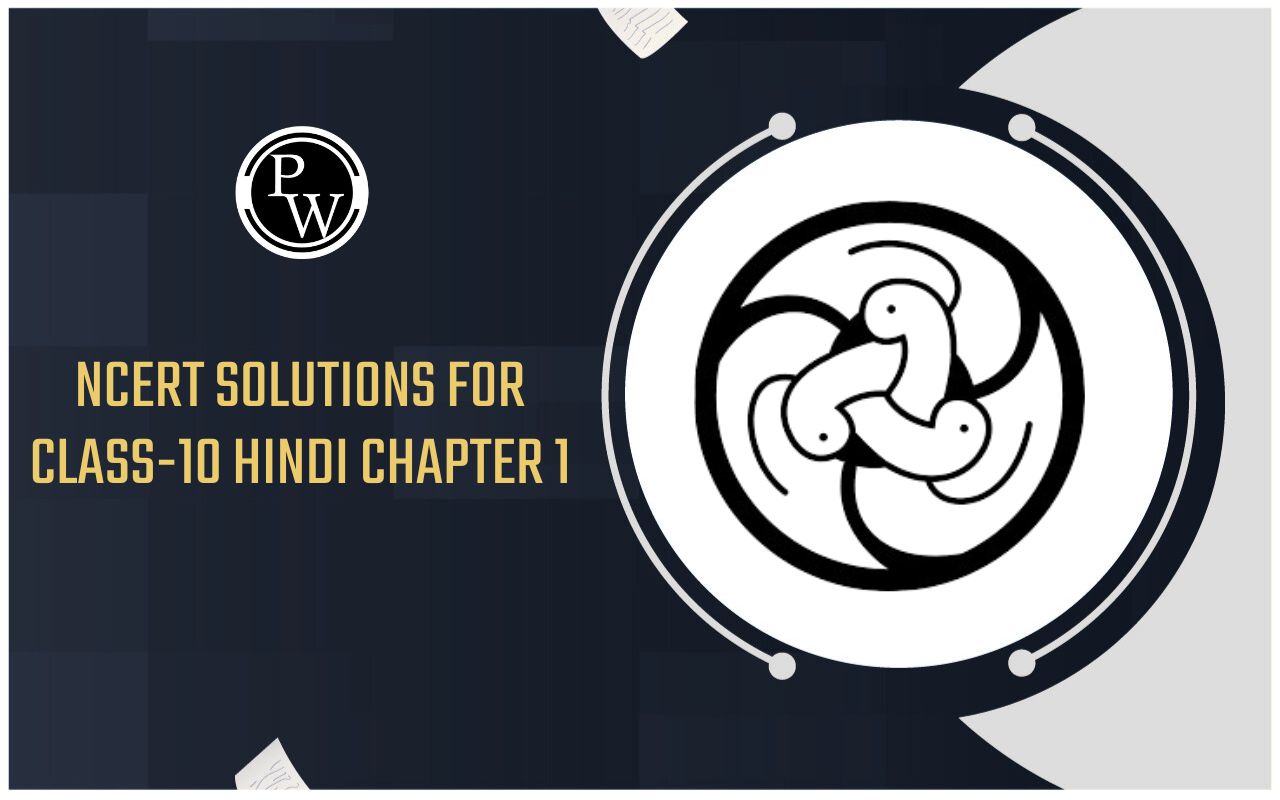
Electric Motor
Magnetism of Class 10
ELECTRIC MOTOR
A motor is a device that converts electrical energy into mechanical energy. Every motor has a shaft or spindle which rotates continuously when current is passed into it. The rotation of its shafts is used to drive the various type of machines in homes and industry. The electric motor is used in electric fans, washing machines, refrigerators, mixers and grinders, and many other appliances. A common electric motor works on direct current, So, it is also called a DC motor, which means a "Direct Current motor". The electric motor which we are going to discuss now is a DC motor.
There are two types of electric motors:
- AC motor and
- DC motor.
We shall here be describing DC motor. The principle of a DC motor is very much different from that of an AC motor. It is important to remember that all the electric appliances like fans, air-conditioners, coolers, washing machines, mixers, and blenders work on AC (household power supply) and as such have AC motors installed in them.
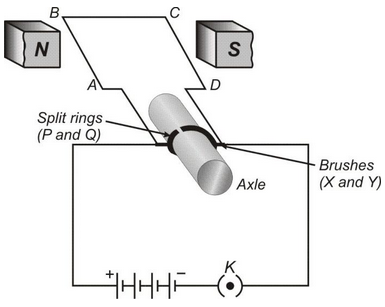
PRINCIPLE:
When a coil carrying current is placed in a magnetic field, it experiences a torque. As a result of this torque, the coil begins to rotate.
CONSTRUCTION:
It consists of the following five parts:
- Armature: The armature ABCD consists of a large number of turns of insulated copper wire wound over a soft iron core.
- Field Magnet : The magnetic field (B) is supplied by a permanent magnet NS.
- Split-ring or Commutator: These are two halves of the same metallic ring. The ends of the armature coil are connected to these halves, which also rotate with the armature.
- Brushes or Sliding Contacts: These are two flexible metal plates or carbon rods X and Y which are so fixed that they constantly touch the revolving rings.
- Battery: The battery consists of a few cells and is connected across the brushes. The brushes pass the current to the rings from where it is carried to the armature.
WORKING:
The working of a DC motor will be clear from the following discussion:
(a) Let us suppose that the battery sends current to the armature in the direction shown in the figure. Applying Fleming's Left Hand Rule (Motor Rule), we find that arm AB experiences a force that is acting outwards and perpendicular to it, and arm CD experiences a force that is acting inwards and perpendicular to it. These two forces form a couple which is called torque which makes the armature rotate in the anticlockwise direction.
(b) After the armature has completed half a revolution (i.e., has turned through 180º), the direction of current in the arms AB and CD are reversed. Now arm CD experiences an outward force and arm AB experiences an inward force. The armature thus continues to rotate about its axis in the same direction, i.e., anticlockwise direction.

The speed of rotation of the motor can be increased by
- increasing the strength of the current through the armature,
- increasing the number of turns in the coil of the armature,
- increasing the area of the coil, and
- increasing the strength of the magnetic field.
USES OF DC MOTORS:
- These are used in electric fans (exhaust, ceiling, or table) for cooling and ventilation.
- These are used for pumping water.
- Big DC motors are used for running tram cars.
- Small DC motors are used in various toys.

